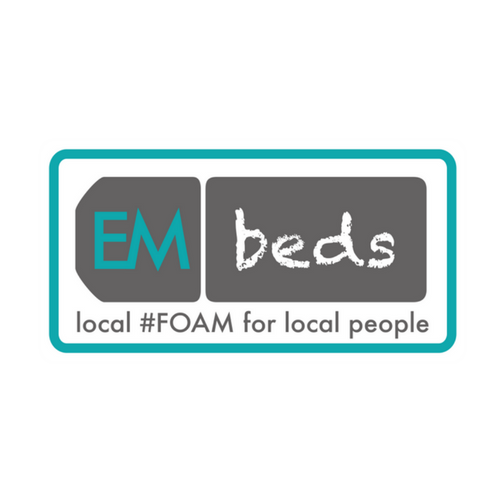C-spine injury ranges from the obvious fracture-dislocation to the less obvious ligamentous injury, affecting about 2.5% of blunt trauma patients. However, ALL of them are serious and can lead to life changing injuries, that we obviously don’t want to miss. Unfortunately reported miss rates range from 4-30%. [IJO 2007]
In our practice the patients that appear to be at highest risk of missed C-Spine injury, are elderly patients with relatively minor head injuries, and have been missed by ED, Wards, GP’s and Ambulance crews. (So always look for that C-Spine injury)
Suspecting C-Spine injury
At triage assess patients with suspected cervical spine injury using the factors below
Check if the patient:
- Has any Significant distracting injuries
- Is under the influence of drugs or alcohol
- Has reduced GCS– Is confused, uncooperative or unconscious
- Has any spinal pain
- Has any hand or foot weakness (motor assessment)
- Has altered or absent sensation in the hands or feet (sensory assessment)
- Has priapism (unconscious or exposed male)
- Has a history of past spinal problems, including previous spinal surgery or conditions that predispose to instability of the spine.
If ANY of these factors OR assessment cannot be performed:
Immediate In-Line Immobilisation, & Senior Review.
Formal Assessment
We (& NICE) recommend the use of the Canadian C-Spine rules to formally assess the patient’s need for imaging. As this has been shown tone the most sensitive and reliable method Sensitivity 0.9-1.0 [CMAJ 2012]. However, remember children can be hard to assess and no test is ever perfect especially if it is not applied properly, make sure you follow the algorithm.
If you can’t apply the Canadian C-Spine rule due to Reduced GCS or Intoxication:
IMAGING IS REQUIRED

Imaging
X-Ray C-spine, is usually adequate unless the patient fits the criteria for CT (NOTE: Age 65 years or older is an indication for CT imaging from NICE).
Adults: When to CT (NICE)
- GCS less than 13 (on initial assessment)
- Intubated patient
- Plain X-rays are technically inadequate (for example, the desired view is unavailable).
- Plain X-rays are suspicious or definitely abnormal.
- Definitive diagnosis of cervical spine injury is needed urgently (for example, before surgery).
- Patient is having other body areas scanned (head injury or multi-region trauma)
- Patient has a high risk feature on Canadian C-Spine Rules:
- Age 65 years or older
- Dangerous mechanism of injury (fall from a height of greater than 1 metre or 5 stairs; axial load to the head, for example, diving; high-speed motor vehicle collision; rollover motor accident; ejection from a motor vehicle; accident involving motorised recreational vehicles; bicycle collision)
- Focal peripheral neurological deficit
- Paraesthesia in the upper or lower limbs
Children: When to CT (NICE)
- GCS less than 13 (on initial assessment)
- Intubated patient
- Focal peripheral neurological signs
- Paraesthesia in the upper or lower limbs
- Definitive diagnosis of cervical spine injury is needed urgently (for example, before surgery).
- Patient is having other body areas scanned (head injury or multi-region trauma)
- There is strong clinical suspicion of injury despite normal X-rays
- Plain X-rays are technically difficult or inadequate
- Plain X-rays identify a significant bony injury
Post Imaging
No Injury found – Don’t Forget SCIWORA
After the images have been reviewed (X-Ray) or reported (CT), you must assess the patients and they fulfill the following criteria.
- Normal GCS
- No Neurology
- Able to rotate 45 degrees to left and right
SCIWORA – Spinal Cord Injury With Out Radiological Abnormality (e.g. ligamentous injuries or central cord syndrome)
Injury Found
- Ensure that spinal immobilisation continues
- Look for Other injuries (If you have 1 fracture there is a 10% chance you will have a second)
- Online referral to Neurosurgery: for admission or adequate plan.
